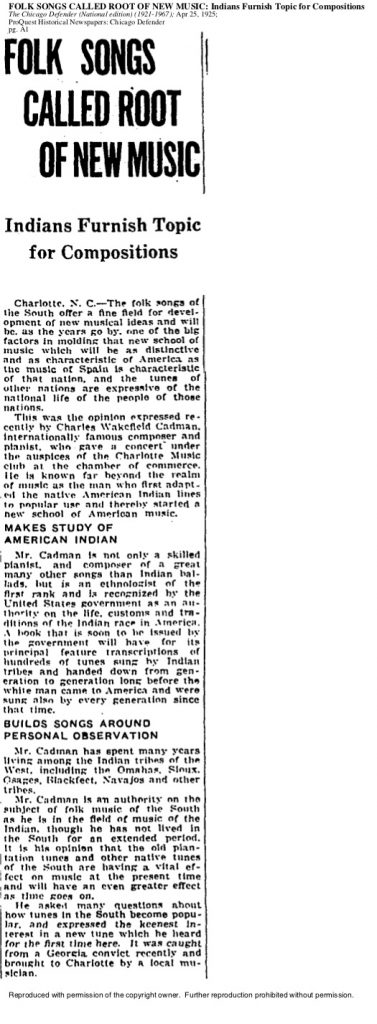What follows is my commentary on Dave Peyton’s commentary on the Jazz Opera, a relatively new idea which sought to combine aspects of music considered polar opposites at the time: Opera, a very white genre, with jazz, which is generally considered a black genre. At this time in 1926, Dave Peyton’s “The Musical Bunch,” a weekly column for the Chicago Defender, was only in its first year of the five that it lasted in the 1920s. Sources generally mention 1924 as the beginnings of the jazz opera, which makes the concept “nearly as old as jazz itself.”1
Therefore, Dave Peyton is writing a very early commentary on what in his time was a very new idea.
An interesting remark about this post is that in writing this article, Peyton is acting as a journalist in talking about what is currently happening. In addition, and perhaps more importantly, however, he is writing about the future of both jazz and op era. Peyton is very clear in saying that wants the call for a jazz opera answered by an African American. Peyton not only characterizes this idea well through interesting writing, he also supports it with evidence, listing the gap in talent in Tin Pan Alley. And while he doesn’t believe that George Gershwin, a famous jazz pianist at the time, is an unfit composer, Peyton mentions that his music “is not what the people wanted.” So who should write the first jazz opera hit? Peyton strongly believes that an African American should take this call. He lists spirituals being used by whites, and even gives an idea for the operas, saying that the opera could be about “before and after the reconstruction period, depicting the hardships that were heaped upon our group.”2
era. Peyton is very clear in saying that wants the call for a jazz opera answered by an African American. Peyton not only characterizes this idea well through interesting writing, he also supports it with evidence, listing the gap in talent in Tin Pan Alley. And while he doesn’t believe that George Gershwin, a famous jazz pianist at the time, is an unfit composer, Peyton mentions that his music “is not what the people wanted.” So who should write the first jazz opera hit? Peyton strongly believes that an African American should take this call. He lists spirituals being used by whites, and even gives an idea for the operas, saying that the opera could be about “before and after the reconstruction period, depicting the hardships that were heaped upon our group.”2
Dave Peyton smartly uses his influence as an author on the Chicago Defender to not only give a brief overview of the musical happenings in the broader jazz community, but also as a call for jazz musicians, especially African American jazz musicians to act. Peyton’s opinions shown here in this column can be easily compared to the opinions that he was known for. One example of this is the controversial opinion that white orchestra groups were superior to black groups.3
While Peyton actively worked against this, he may have fallen to popular opinion at the time.
1 “When Opera Meets Jazz” Boston Lyric Theater, https://blo.org/when-opera-meets-jazz-a-brief-history/

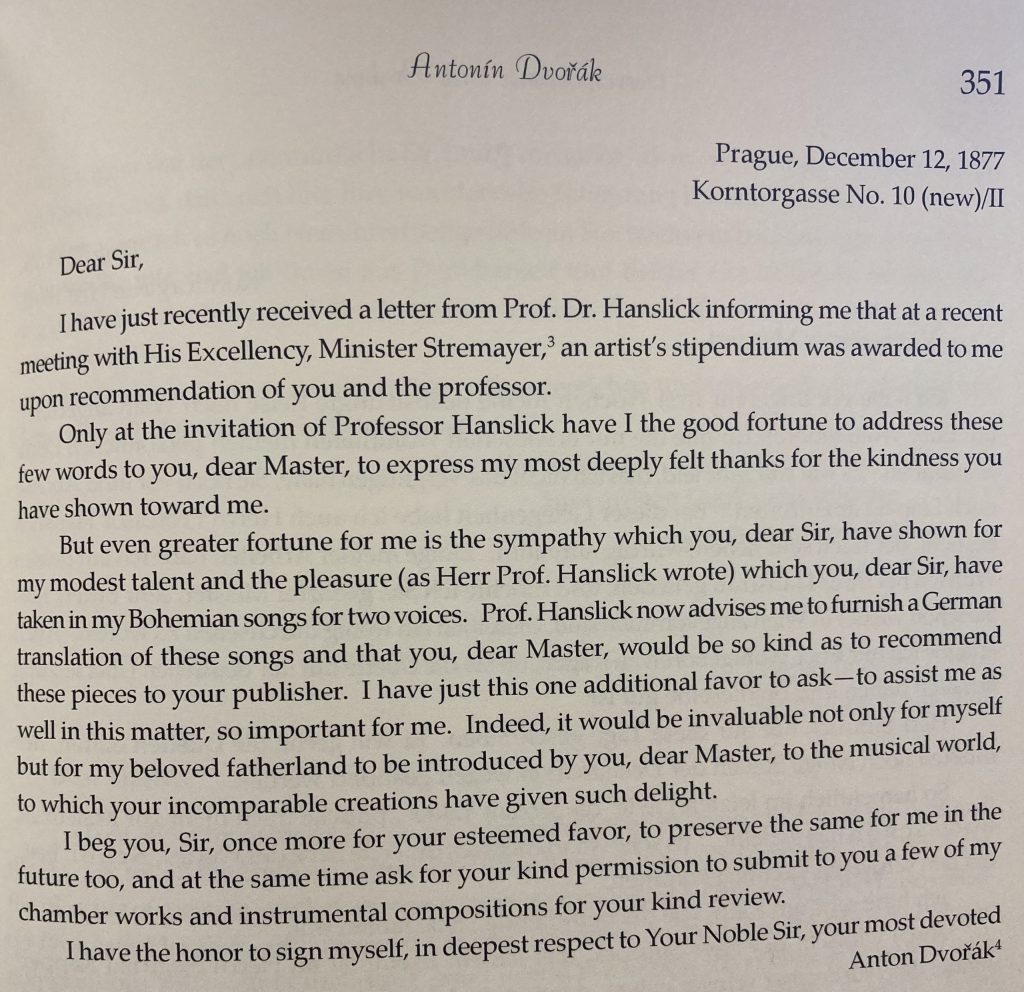
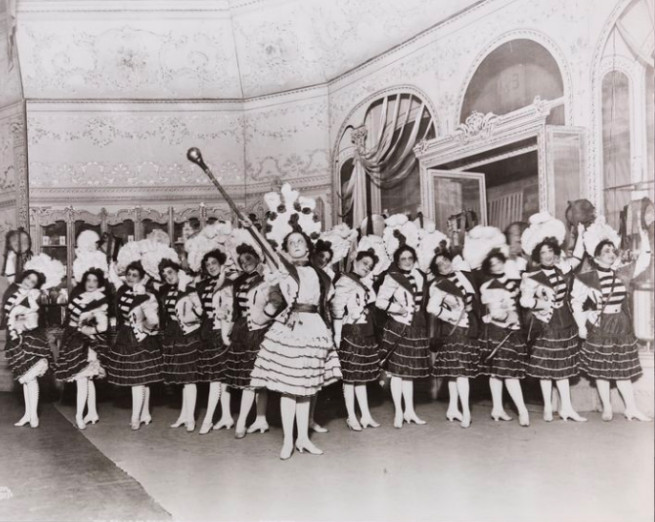
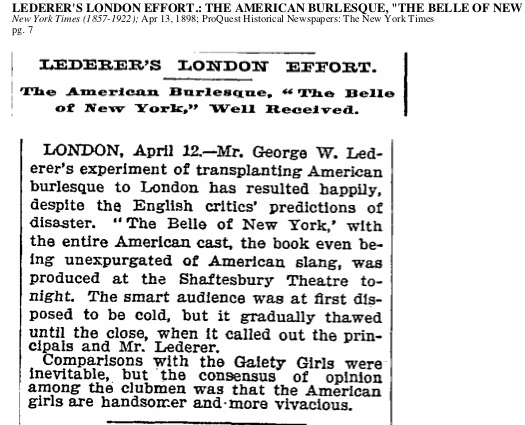
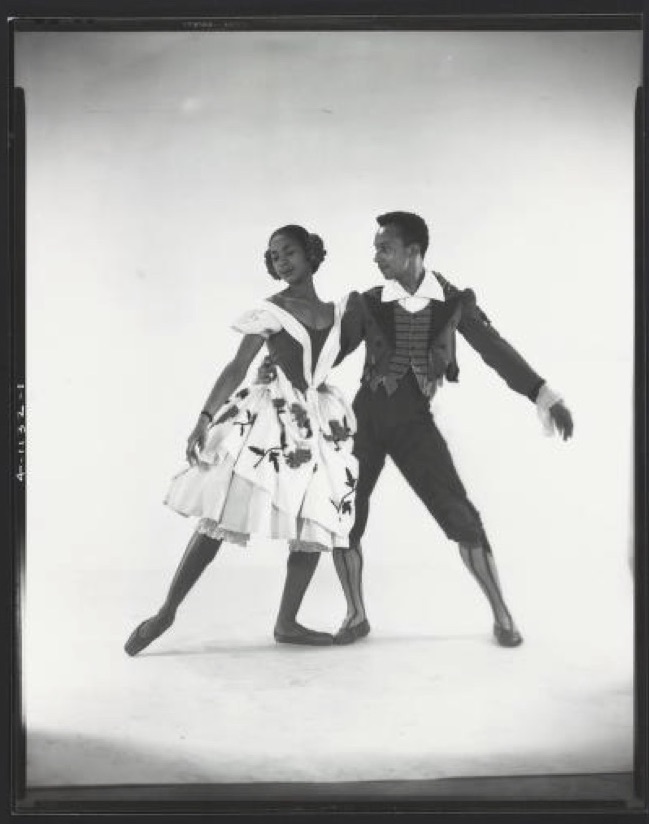

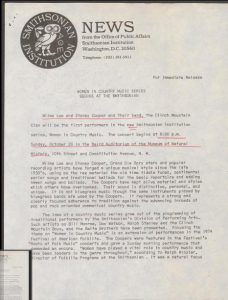 Giddens’ calls for diversifying country and folk music speaks indirectly to the fact that this type of music is very homogenous. While other factors may be at play, it’s clear to see that Francis would have a hard time doing well in the country music genre. Despite this, he succeeded.
Giddens’ calls for diversifying country and folk music speaks indirectly to the fact that this type of music is very homogenous. While other factors may be at play, it’s clear to see that Francis would have a hard time doing well in the country music genre. Despite this, he succeeded.